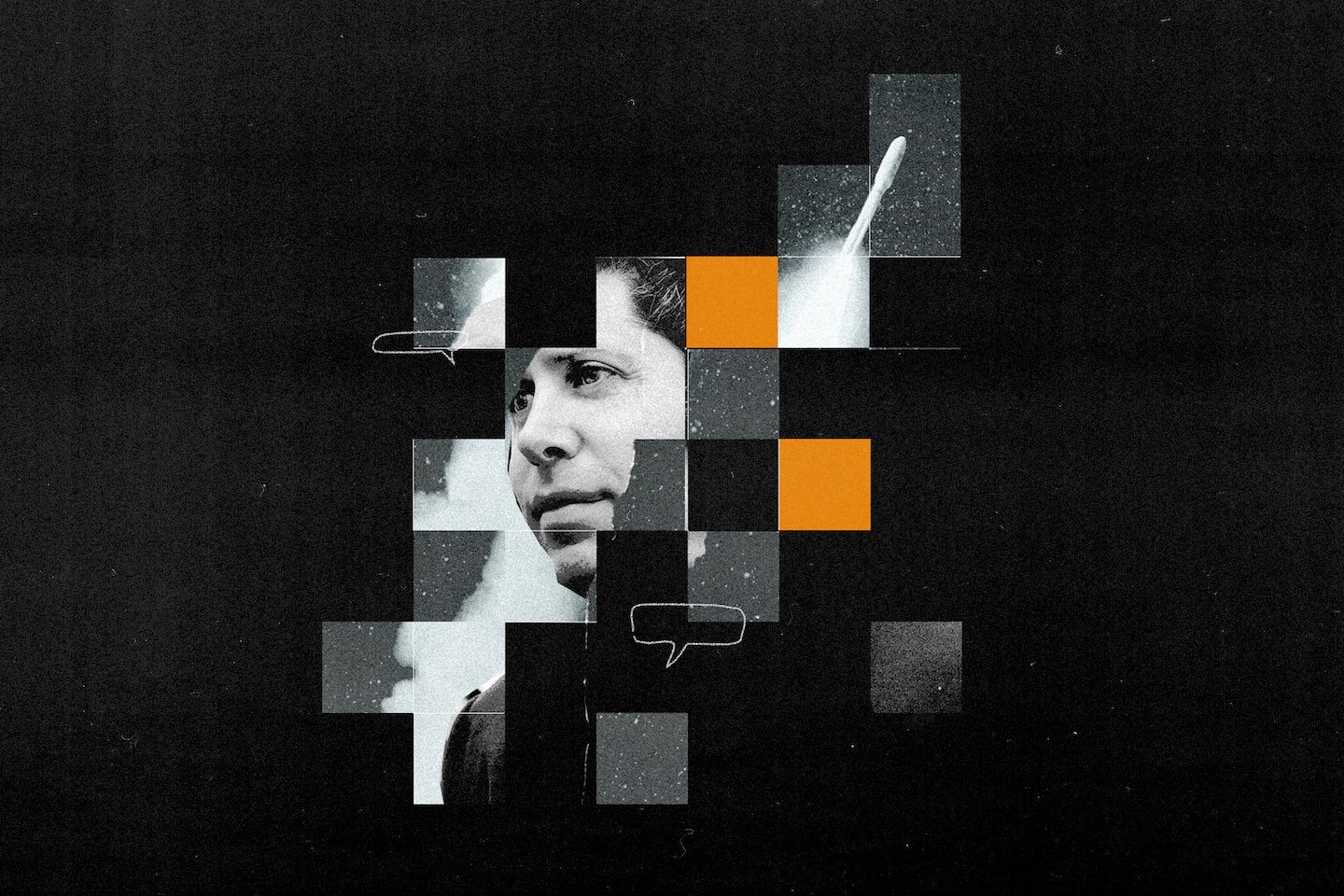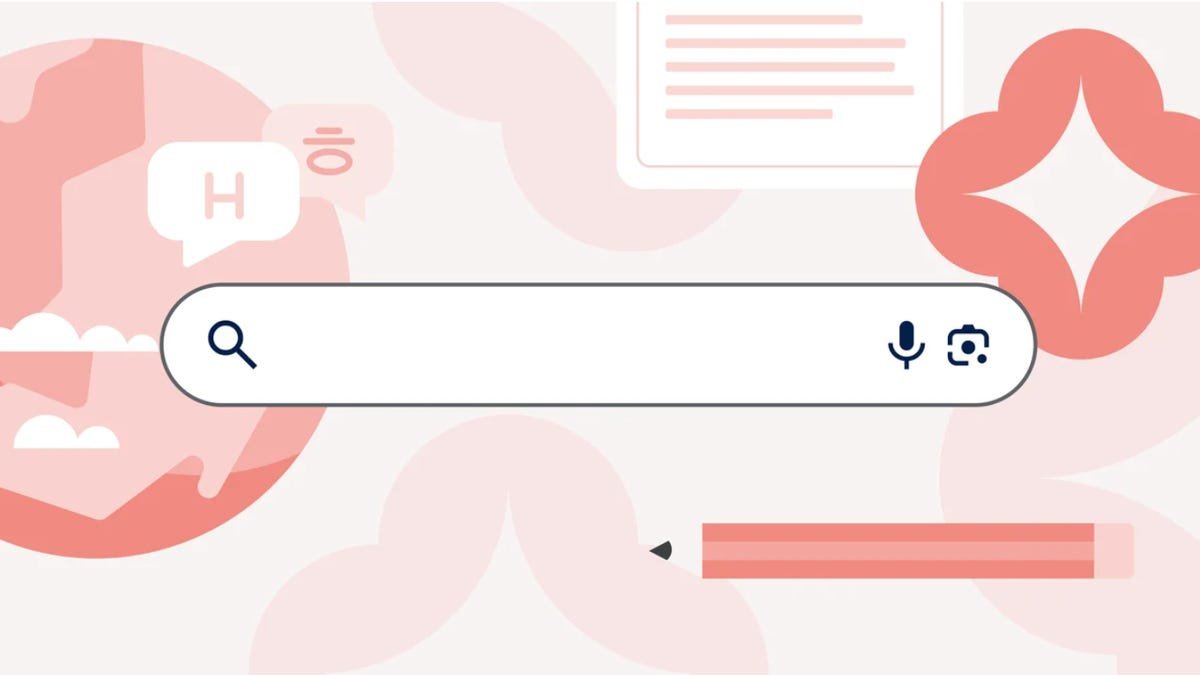OpenAI’s Sora: The Emerging Star in AI Video Generation
Introduction: The Rise of AI Video Generators
Artificial Intelligence (AI) is reshaping numerous aspects of our daily lives. Among its many applications, video generation has seen remarkable advancements, moving from niche research projects to consumer-friendly tools. Companies like Google and OpenAI have introduced models like Veo and Sora, which enable users to create video content based on textual or visual prompts. But why has interest in these technologies surged recently, particularly with the launch of OpenAI’s Sora app? Let’s delve into the exciting world of AI video generation.
The Launch of Sora: A Game-Changer for Video Creation
For those unfamiliar, Sora is an innovative AI video-generation app launched by OpenAI. Combining a video generator with a social platform, Sora debuted in September 2023 for iOS and quickly made its way to the web and Android. Users may have encountered Sora’s content on popular platforms like Twitter (now X) or TikTok, often without even realizing it.
Sora is following in the enormous footsteps of ChatGPT, which has become a household name in the last couple of years. More than just another tool, Sora offers a unique user experience that is both engaging and accessible. In comparison, Google’s Veo models have not infiltrated popular culture as effectively, primarily due to their lack of a cohesive user interface or community engagement.
Veo 3 vs. Sora 2: A Closer Look at Hyper-Realistic Video Generation
Veo 3 and Sora 2 emerge as two of the most advanced AI video generation models available today. At their core, both models promise hyper-realistic video content that can engage viewers and spark interest. However, the success of these models doesn’t hinge solely on their technical capabilities.
The Challenge of Making AI Videos Cool
Creating an exceptional AI video generator is only part of the equation. To capture users’ attention, technologies like Sora need to resonate with them on a cultural level. Simply put, they have to be cool. With its social feed and human cameos, Sora elevates AI-generated content from mere novelty to genuine entertainment.
Imagine scrolling through a TikTok-like feed filled with AI-generated videos that are not only engaging but also funny and relatable. Sora accomplishes this by effectively integrating its advanced model within an engaging interface. This innovation gives it an edge over competitors like Veo 3, which lacks an attractive user-centric design.
Enhanced Features and Marketing Strategies
Both OpenAI and Google have touted their respective models as the next big thing in AI video generation. OpenAI states that Sora 2 is "more physically accurate, realistic, and more controllable than prior systems," while Google claims that Veo 3.1 adds "richer audio, more narrative control, and enhanced realism."
Nevertheless, the way these models are marketed plays a significant role in their popularity. The absence of an app for Veo limits its appeal to developers and businesses looking for ways to create professional-grade video content. In contrast, Sora’s social media integration has enabled it to reach an audience that seeks entertainment, not just functionality.
<script async src="https://pagead2.googlesyndication.com/pagead/js/adsbygoogle.js?client=ca-pub-9958505722835444"
crossorigin="anonymous">
<ins class="adsbygoogle"
style="display:block; text-align:center;"
data-ad-layout="in-article"
data-ad-format="fluid"
data-ad-client="ca-pub-9958505722835444"
data-ad-slot="6218723755">
From Features to Familiarity: How Sora Connects Users
One of the most compelling aspects of the Sora app is its ability to transform AI video generation into a vibrant social platform. Unlike Google’s more complicated offerings, Sora easily invites users to create videos, share them, and engage with one another.
This sense of community is crucial. Sora’s cameo feature enables users to embed realistic videos of themselves or others, which can subsequently be shared within one’s social circle. This design gives users an incentive to not only create but also to actively participate, contributing to a continually updating feed of user-generated content.
Building a Community: The Role of Cameos
The introduction of cameos sets Sora apart in the AI video landscape. By allowing users to incorporate themselves in videos, Sora facilitates a deeper connection with content. Many video generators deliberately restrict creating content involving actual people, primarily due to ethical concerns. However, Sora encourages this creative exploration, pushing the boundaries of what AI can do.
To protect users, OpenAI provides options allowing individuals to control their likeness within the app. As stated by OpenAI, "Only you decide who can use your cameo, and you can revoke access or remove any video that includes it at any time." This level of control empowers users, making them feel safer and more engaged.
<script async src="https://pagead2.googlesyndication.com/pagead/js/adsbygoogle.js?client=ca-pub-9958505722835444"
crossorigin="anonymous">
<ins class="adsbygoogle"
style="display:block"
data-ad-format="autorelaxed"
data-ad-client="ca-pub-9958505722835444"
data-ad-slot="6793438825">
Google’s Position: Are Stricter Policies Holding Back Innovation?
In contrast, Google’s Veo heavily emphasizes responsibility in AI usage. While there’s merit to making AI safer, this cautious approach may be stifling creativity and limiting user engagement in Veo. Compared to Sora’s more lenient guidelines, Google’s models struggle to match the demand for dynamic content that users want.
These restrictions could prevent Veo and its capabilities from gaining traction in the consumer market. As OpenAI, through Sora, becomes increasingly bold in what it allows, Google may need to consider altering its policies to keep pace with a rapidly evolving market.
Caught Between Responsibility and Creativity
OpenAI’s recent shifts towards a more permissive model may be a strategy to offset advancements made by competing companies. CEO Sam Altman has indicated that OpenAI wishes to push new boundaries. He stated, "We are not the elected moral police of the world," suggesting a willingness to embrace more freedom in AI features.
This shift has profound implications. Users looking for fun and engaging experiences may flock to Sora due to its liberating structure, while those needing more responsible AI might still find virtue in Google’s offerings.
Conclusion: The Future of AI Video Generation
Sora has ushered in a new chapter in the realm of AI video generation, rapidly gaining popularity and community engagement through its innovative app and features. Even though Google’s Veo is a powerful model that continues to evolve, its positioning may limit its appeal outside niche markets.
With millions of downloads already, Sora represents the future of how we interact with AI-generated video content. Users are craving interactive, dynamic, and—most importantly—fun experiences. As this technology evolves, we can expect more groundbreaking applications that challenge traditional notions of video production.
What are your thoughts on AI video generation? Are you excited to see how far this technology will go? Share your perspectives in the comments below.
FAQ
What is Google Veo?
Veo is a text-to-video model developed by Google that enables users to create high-quality, realistic short video clips based on text prompts. Users can also turn images into video using Veo, and later versions of the model allow audio generation.
What is OpenAI’s Sora?
Sora is a video generator from OpenAI that lets users create hyper-realistic videos from text and/or image prompts. It also allows users to insert themselves into videos as "cameos" or remix videos generated by other creators.
Who has access to Google’s Veo 3 model?
Google’s latest Veo model is available on the Gemini app to anyone subscribed to either the Google AI Pro plan or AI Ultra, which are priced at $19.99 and $249 per month, respectively.
How can you access OpenAI’s Sora?
The Sora app is available on iOS and Android at no cost. However, the superior Sora 2 Pro model is available for ChatGPT Pro subscribers, starting at $20 per month and available only on the web.
In the dynamic world of AI, we are just scratching the surface of what can be achieved with video generation. As innovations continue, there’s little doubt that the landscape will keep changing, presenting exciting possibilities for creators and consumers alike.







